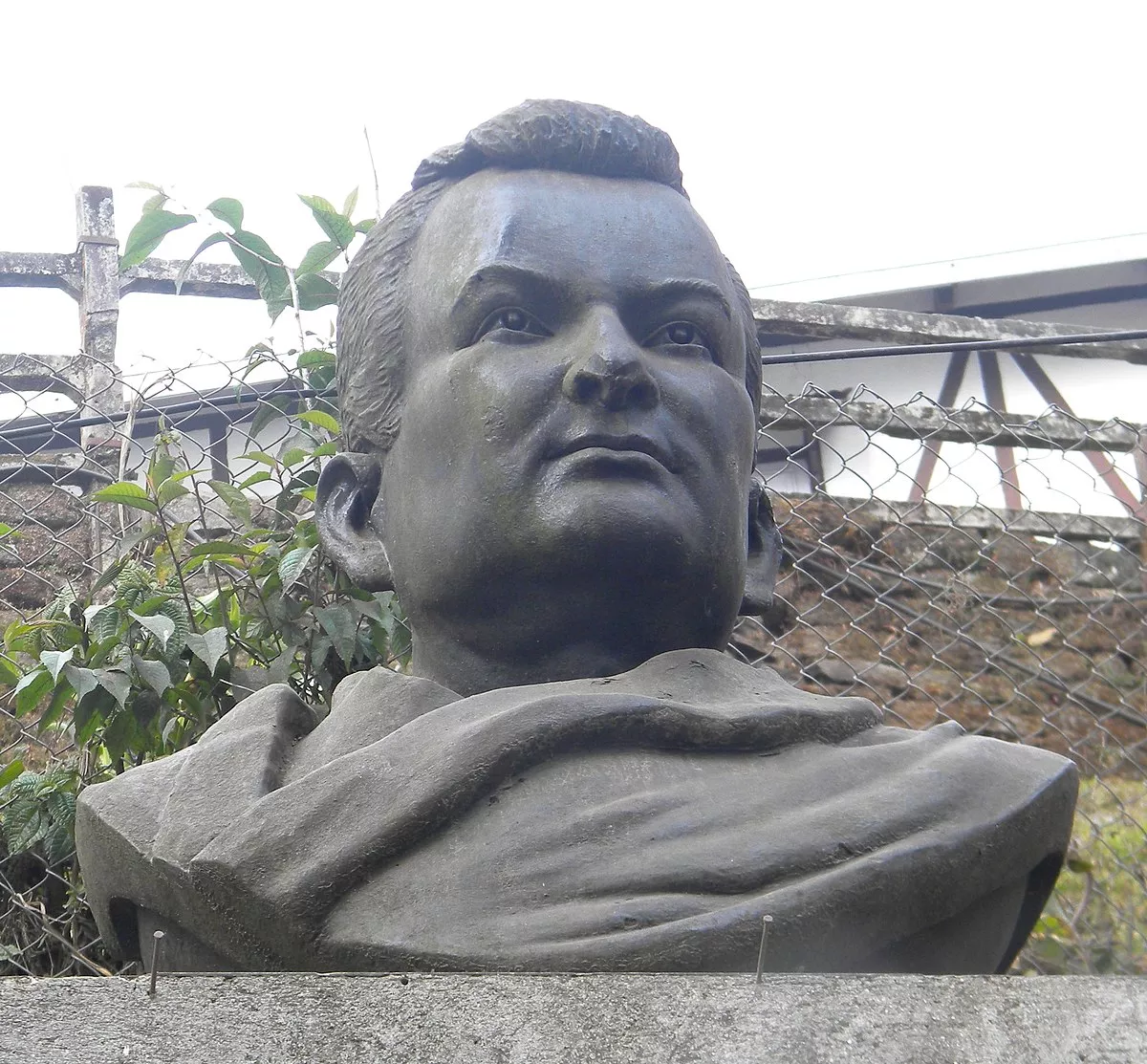 1.
1. Rahul Sankrityayan was one of the most widely travelled scholars of India, spending forty-five years away from his home, exploring regions such as Russia, Tibet, China, and Central Asia.

 1.
1. Rahul Sankrityayan was one of the most widely travelled scholars of India, spending forty-five years away from his home, exploring regions such as Russia, Tibet, China, and Central Asia.
Rahul Sankrityayan wrote extensively, his collection of works spanning more than 100 books on various subjects like Indology, Communism, Buddhism, and philology as well as various short stories, novels and plays.
Rahul Sankrityayan was awarded the 1958 Sahitya Akademi Award for his 2 volume "Madhya Asia ka Itihaas".
Rahul Sankrityayan was born as Kedarnath Pandey, the eldest child in a Bhumihar family in the village of Pandaha in Azamgarh district on the 9th of April, 1893.
Around 1902, Rahul Sankrityayan began to study Sanskrit with his uncle, Mahadev Pandit, a well-known scholar of the language.
In 1909, after completing middle school, his grandfather intended for him to start receiving an English-medium education however Rahul Sankrityayan resisted this as he wished to be able to continue studying Sanskrit.
Rahul Sankrityayan travelled to Haridwar, Rishikesh, Badrinath and Kedarnath with the intention of studying Vedanta.
Rahul Sankrityayan's grandfather learned about his travels and tried to retrieve him but met with little success.
Rahul Sankrityayan was to become the heir of a mahant of an ashram belonging to the Vaishnava tradition.
Rahul Sankrityayan began to campaign for the Mahabodhi Temple to be handed over to Buddhist control as part of his role in the Gaya Congress.
Rahul Sankrityayan was later jailed for further incidents and by 1927 he had spent a total of 2 and half years in jail.
Rahul Sankrityayan took up a teaching position in Sanskrit at the Vidyalankara Parivena in Sri Lanka in 1927 and he stayed there for a total of nineteen months where he immersed himself in the study of Buddhist texts and the Pali language.
Rahul Sankrityayan eventually earned the title of Tripitakacarya which indicates that he had become a master of the Tripitaka which is an ancient collection of Buddhist texts.
Rahul Sankrityayan left Sri Lanka for Tibet at the end of 1928.
Rahul Sankrityayan compiled an unpublished dictionary entitled the Bhot-Sanskrit sabdkos which contained 16,000 words.
Rahul Sankrityayan returned to Sri Lanka in 1930 where he was finally ordained as a monk and given the monastic name, Rahul Sankrityayan.
The head monk of the monastery, Mahapad Nayak Mahastavir, initially did not allow Rahul Sankrityayan to leave so from the 7th of October to the 14th of December of 1930, he wrote a new book entitled the Buddha carya.
Rahul Sankrityayan was finally granted permission to leave on 15th December 1930 at which point he left for Chapra.
Rahul Sankrityayan visited other places including the historical sites in Sindh and Sarnath.
Rahul Sankrityayan returned to the monastery in Sri Lanka on the 28th of November 1931.
In 1933, Rahul Sankrityayan spent his time writing and visiting new places in Patna, Ladakh and Lahore.
Rahul Sankrityayan brought back more than eighty Sanskrit Buddhist works of which he translated and published many.
Rahul Sankrityayan first visited Russia in 1935 where he spent a fortnight.
Rahul Sankrityayan had hoped to visit the Russian Indologist, Fyodor Shcherbatskoy however the latter was based in Leningrad and Sankrityayan was not permitted to travel there.
Rahul Sankrityayan's next visit to Russia was in 1937 when he was invited by the Soviet Academy to teach Sanskrit at Leningrad University.
Rahul Sankrityayan's son, Igor, was born in 1938 in Russia.
Rahul Sankrityayan was a founding member of the Bihar Communist Party.
Rahul Sankrityayan was jailed for a few months for organising a Satyagraha at Amvari.
Rahul Sankrityayan's family joined him in Leningrad, and he later documented his experiences in Russia in his work, "Rus me paccis mas", published in 1951.
Late in life, he married Kamala Rahul Sankrityayan, who was an Indian writer, editor and scholar in Hindi and Nepali.
Rahul Sankrityayan's health declined over time, especially with the onset of diabetes.
Various ideals influenced the personal philosophy of Rahul Sankrityayan including the critical examination of religion, and the advocacy of social justice.
Rahul Sankrityayan approached Buddhism primarily as a cultural and intellectual heritage rather than as a religion.
Rahul Sankrityayan regarded the Buddha not merely as a religious figure but as a profound thinker and a symbol of India's philosophical achievements.
Rahul Sankrityayan emphasised Buddhist values such as compassion, atheism, and economic equality, which he believed offered a robust foundation for humanistic ideals.
Rahul Sankrityayan sought to revive India's historical and cultural prominence by reconnecting with its Buddhist legacy.
For Rahul Sankrityayan, Buddhism symbolized the intellectual and moral grandeur that India once represented on the world stage.
In Marxism, Rahul Sankrityayan found a practical philosophy that complemented the ethical and philosophical principles of Buddhism.
Rahul Sankrityayan identified shared ideals in their critique of dogmatism and their advocacy for equality and societal transformation.
Rahul Sankrityayan argued that Marxism offered the tools necessary to implement the changes envisioned in Buddhist thought, particularly in the realms of economic and social reform.
From his early association with the Arya Samaj to his later commitments to Buddhism and communism, Rahul Sankrityayan consistently sought ideas that could address India's cultural and socio-political challenges.
Rahul Sankrityayan understood several languages, including Bhojpuri, Hindi, Sanskrit, Pali, Magahi, Urdu, Persian, Arabic, Tamil, Kannada, Tibetan, Sinhalese, French and Russian.
Rahul Sankrityayan was an Indologist, a Marxist theoretician, and a creative writer.
Rahul Sankrityayan started writing during his twenties and his works, totaling well over 100, covered a variety of subjects, including sociology, history, philosophy, Buddhism, Tibetology, lexicography, grammar, textual editing, folklore, science, drama, and politics.